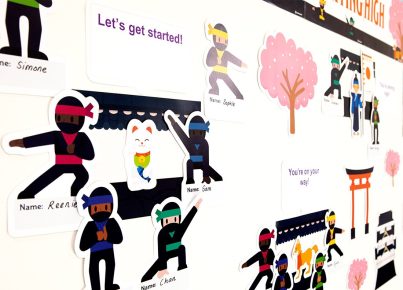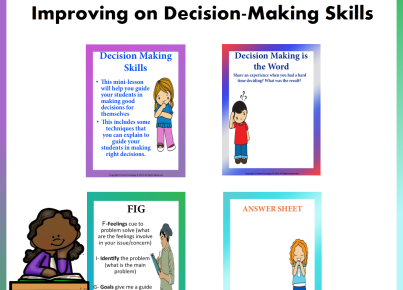Flipped Learning, also known as the flipped classroom, is an instructional strategy that is becoming increasingly popular in primary education. This innovative approach involves reversing the traditional learning environment by delivering instructional content, often online, outside of the classroom. It moves activities, including those that may have traditionally been considered homework, into the classroom.
The concept of Flipped Learning was initially popularized by Jonathan Bergmann and Aaron Sams, two high school science teachers who discovered that by recording their lectures, students could learn at their own pace. Since then, the model has captured the attention of educators around the world and has been adapted successfully to younger students in primary schools.
In primary classrooms, Flipped Learning has demonstrated numerous benefits. It allows for individualized instruction, as students can watch or listen to the pre-recorded lessons as many times as necessary to understand the material, pause or rewind to review difficult concepts and proceed when ready. As a result, class time can be used for more interactive activities such as hands-on experiments, collaborative projects, and group discussions. This practice promotes active learning and keeps young learners engaged.
Moreover, Flipped Learning fosters a learning environment where students can receive immediate feedback during class activities. With teachers freed from delivering standard lectures during class time, they can circulate among students to provide targeted assistance and address specific needs. This one-on-one attention helps to build a stronger teacher-student relationship and personalizes the learning experience.
For young learners who are often more receptive to technological engagement than traditional textbook methods, Flipped Learning integrates seamlessly with their interests. Many primary classrooms use educational apps and games as part of their flipped curriculum which encourages a playful approach to education without diminishing the rigour or content standards.
Perhaps most importantly though is that Flipped Learning cultivates autonomous learning habits from an early age. By placing much of the responsibility for initial content engagement on the student outside of formal class time, students learn to manage their time effectively and take ownership of their learning.
However, accurate implementation is essential for success with Flipped Learning in primary classrooms. Educators must ensure that online materials are easily accessible and developmentally appropriate. Family involvement becomes important too because parents need to understand and support this model so they can assist their children in adapting to this form of learning.
While there are challenges such as ensuring all students have access to technology outside of school hours and some parents’ unfamiliarity with the concept (which may necessitate additional guidance), these obstacles can be overcome with careful planning and communication.
In conclusion, when thoughtfully implemented, Flipped Learning can transform primary education in powerful ways by promoting deeper understanding and inspiring a genuine love for learning in young children. It represents an evolution in education that aligns well with today’s digital natives — encouraging a blend of direct instruction with constructive learning activities that leverage technology’s best educational capabilities.





